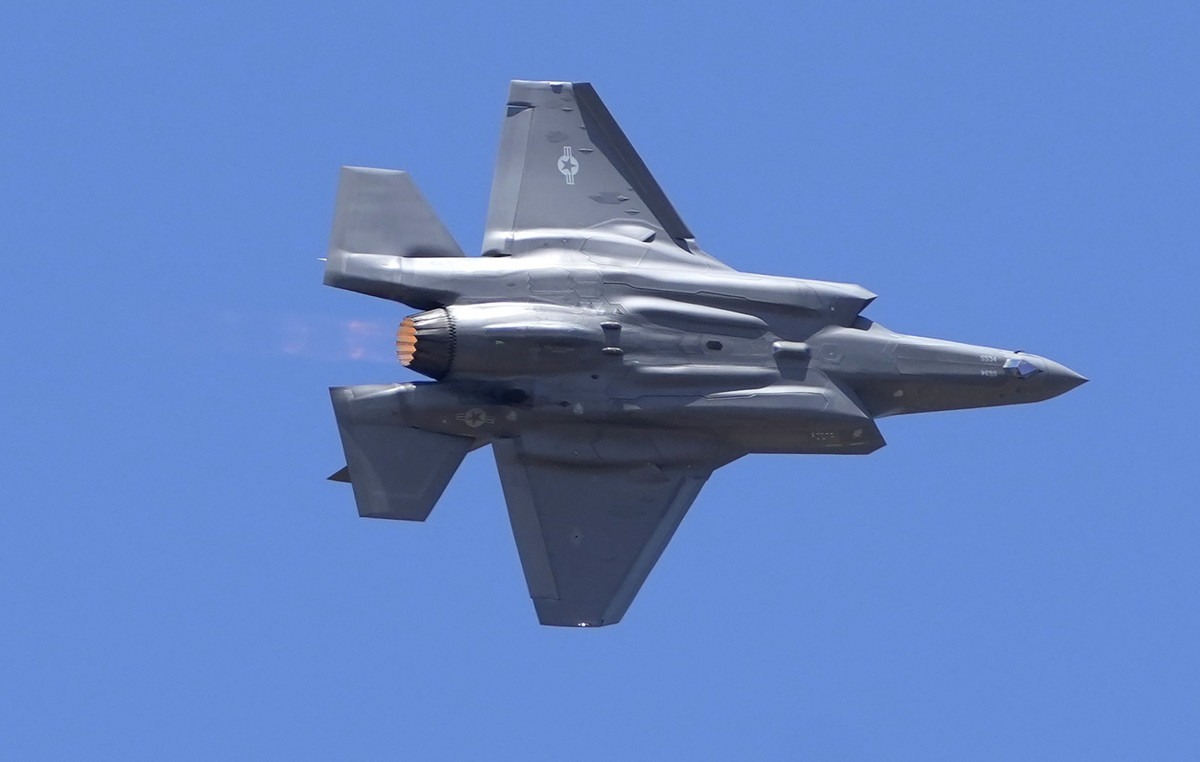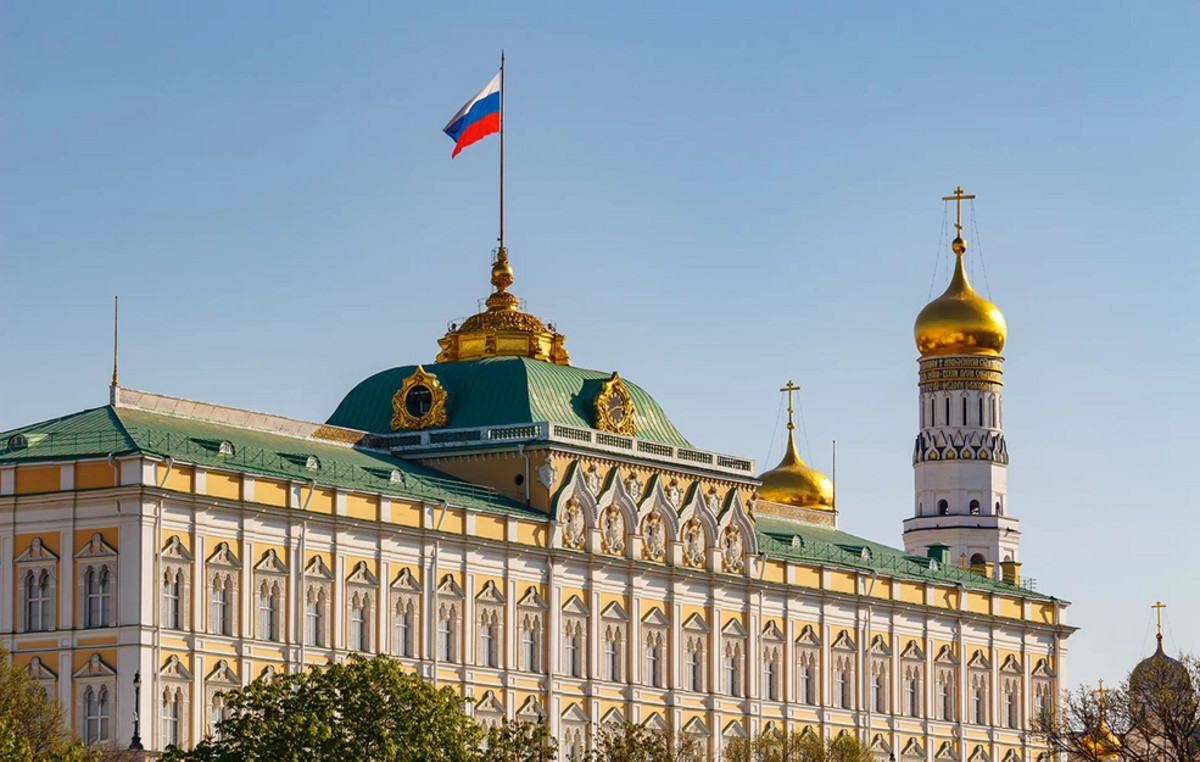Transparent and with a moderate smell of alcohol. This is how the end result of the first synthetic gasoline produced on a large scale in the world.
The ecological fuel industrial plant was inaugurated last Tuesday (20) in Punta Arenas, in the Magallanes region, in the extreme south of Chile and the CNN it was the only Brazilian vehicle to cover the launch of the industrial complex.
In a reserved room of the plant to which the CNN had access, employees keep three glass jars with samples of the new fuel.
One is very similar to the gasoline sold at gas stations and was collected at the beginning of the process: yellow and with a very strong smell.
The second contains a slightly more faded liquid, but still yellow. And, the latter carries the final product with a crystal clear appearance like water.
The region’s strong winds provide more than 6,000 hours of maximum operating load to generate green electricity, about three times the amount available in Europe, and kick-start the production process. The second essential element used is water.
“E-fuels” are capable of fueling everything from cars to ships and planes, while reducing carbon emissions. The project is called “Haru Oni”, which means strong winds in the language of the region’s indigenous people.
“It is one of the cleanest gasolines in the world going into operation. It is a great innovation being made now and not in the future”, says André Clark, Senior VP of Siemens Energy for Latin America.
Siemens Energy, along with the Chilean startup Highly Innovative Fuels (HIF) and several other international companies, were responsible for the project, which promises to be part of a true technological revolution.
During a press conference, Chilean and German authorities, directly involved in “Haru Oni”, reinforced the importance of policies and projects focused on a more sustainable future against climate change.
“This plant is a symbol of a giant challenge, as it is necessary to mitigate climate change. This shows that many other things are also possible,” said Diego Pardow, Chile’s energy minister.
The process
For the large-scale production of the ecological fuel, the factory uses the electrolysis process, which separates water into oxygen and hydrogen.
Once this is done, the next step is to synthesize the components with carbon dioxide, generating synthetic methanol. With the refining process, the structure turns the compound into gasoline.
The new fuel emits 90% less CO2 into the atmosphere than fossil fuels and does not require mechanical adaptations of vehicles to be used.
The baptism of fire of “e-fuel” happened when the German automaker Porsche, also a partner in the project, fueled the Mobil 1 Supercup model. With a full tank, the car circulated normally through the plant as it would any other existing fossil fuel.
Future
In the pilot phase, e-methanol production reached 750,000 liters per year. But the targets are 55 million liters of e-gasoline per year by 2025 and 550 million liters per year by 2027. Enough fuel for more than a million people to drive their cars for almost a year.
“This test is also very important for operations in Brazil. The quality of the wind in Patagonia is very similar to that of northeast Brazil and the potential is huge. The future of sustainable energy on the planet will certainly pass through Brazil and Chile”, says Clark.
*The reporter traveled at the invitation of Siemens Energy
Source: CNN Brasil
A journalist with over 7 years of experience in the news industry, currently working at World Stock Market as an author for the Entertainment section and also contributing to the Economics or finance section on a part-time basis. Has a passion for Entertainment and fashion topics, and has put in a lot of research and effort to provide accurate information to readers.







